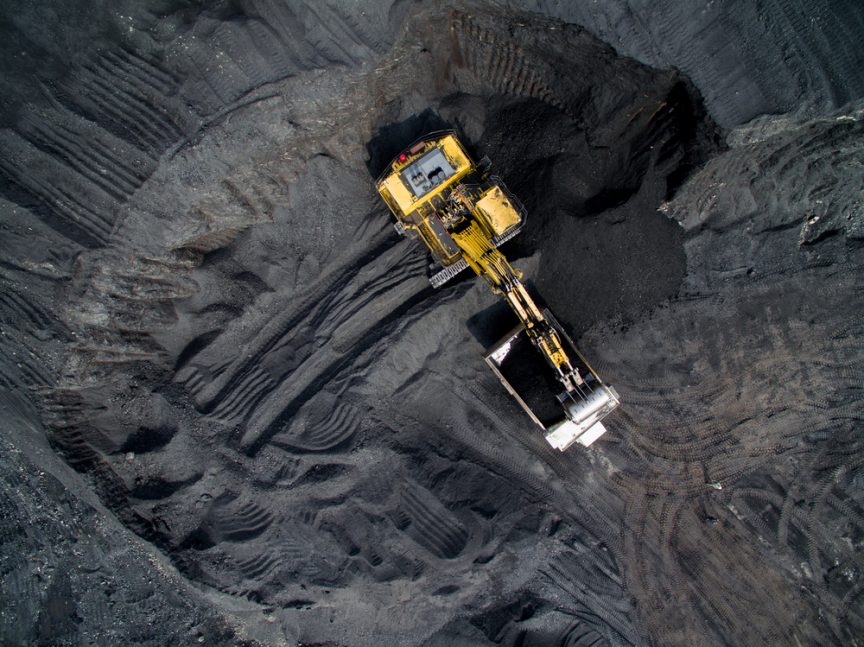Carbon-capture technology offers a profitable and environmentally friendly way forward for coal-rich regions.
As the nation’s energy grid relies more and more on natural gas and renewables like solar and wind, there’s concern among coal mining companies and their employees about what this all means for the future. In places like Wyoming, which is the largest coal-producing region of the country, these concerns are particularly acute.
Thankfully, an emerging technology called carbon capture may be just the thing these businesses need to innovate and thrive. Carbon capturing involves harnessing carbon dioxide produced by the coal mining industry, preventing it from entering the atmosphere, and converting it into harmless byproducts like building materials or useful chemicals.
While carbon capturing has not yet come to scale, regions with the greatest stake in a sustainable and profitable coal industry — such as Wyoming — are looking to invest in this potentially critical technology. For industry insiders looking to grow their businesses and do so in an environmentally friendly way, it’s important to look at what you can do to maintain and protect your infrastructure with effective, sustainable solutions such as dust control for haul and access roads.
An Industry in Flux
As any coal industry stakeholder can tell you, the energy market has been experiencing major changes over the last decade. The natural gas boom has reshaped American energy production and the increasing sophistication of renewable energy produced by solar panels and wind turbines has made those options cheaper and more attainable for municipalities, businesses, and other organizations.
This means that coal mining companies and coal-fired power plants are on the lookout for ways to offer affordable, clean coal to those who need it. What’s more, in order to compete with natural gas and renewables, the coal industry must continue to demonstrate that it can be productive and sustainable at the same time.
The Future of Carbon-Capture Technology
The pressure is particularly high in Wyoming, which produced more than 316 million tons of coal in 2017. With heightened pressure has come heightened investment, as carbon capture technology is already producing promising results across the region. For example, the Integrated Test Center at a power plant outside of Gillette directly links carbon-capturing technology to the plant’s exhaust infrastructure, allowing it to experiment with different ways to harness carbon dioxide.
While the facility is still piloting the technology, the Integrated Test Center has been selected as one of two locations for the $20 million Carbon XPRIZE. The international competition challenges experts to design the most effective ways to turn carbon dioxide emissions from coal power plants into useful byproducts.
Maintaining Coal Mining Infrastructure
Carbon-capturing technology offers a sustainable way forward for coal mines and coal-fired power plants. However, as this technology comes to scale, industry stakeholders should still consider what they can do to streamline operations and make their worksites as environmentally friendly as possible. By doing so, they can simultaneously cut maintenance costs and reduce their ecological impact.
Proven dust control solutions built from the ground up by the experts at Midwest Industrial Supply, Inc. offer coal mining operations a cost-effective, eco-friendly solution to combating airborne dust. For more than 40 years, Midwest has worked with miners around the world to design custom dust control strategies and application programs and then put those plans into action.
A comprehensive managed service program from Midwest is proven to be more efficient and environmentally friendly in the long-term than alternative strategies such as watering, water used with magnesium or calcium chloride, and other common dust suppressants. For mining companies looking to cut maintenance costs, protect their workers’ health, and mitigate their environmental impact, Midwest is the answer.

